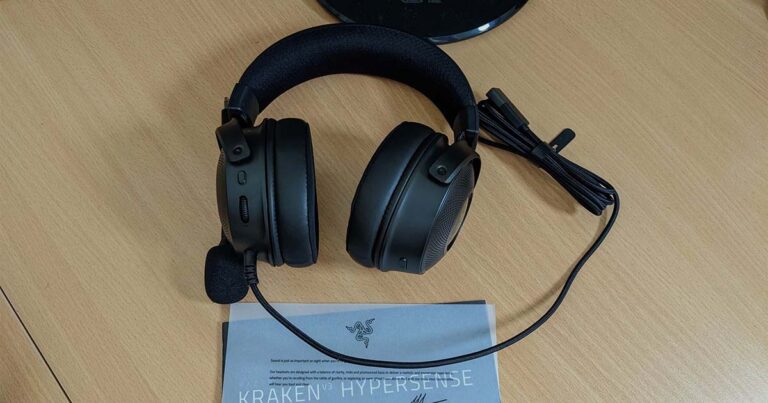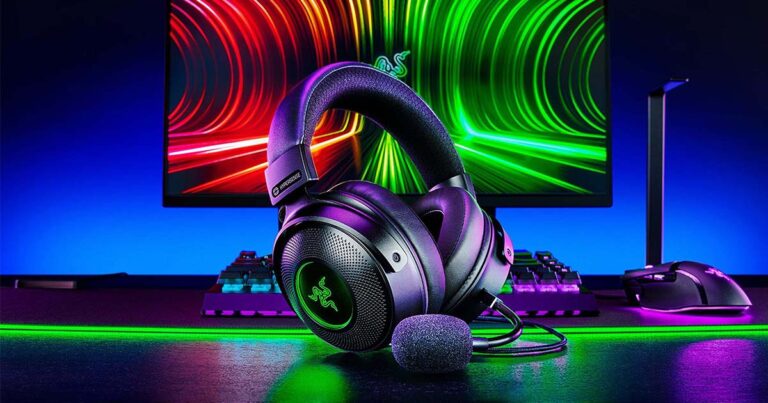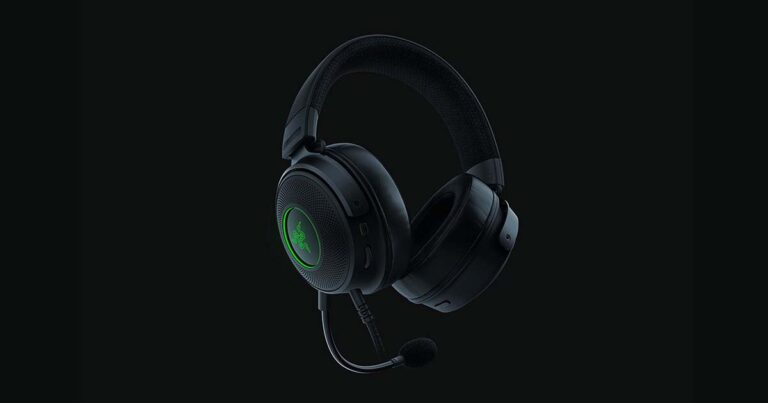Optus Mobile Review ALDI Mobile Review Amaysim Mobile Review Belong Mobile Review Circles.Life Review Vodafone Mobile Review Woolworths Mobile Review Felix Mobile Review Best iPhone Plans Best Family Mobile Plans Best Budget Smartphones Best Prepaid Plans Best SIM-Only Plans Best Plans For Kids And Teens Best Cheap Mobile Plans Telstra vs Optus Mobile Optus NBN Review Belong NBN Review Vodafone NBN Review Superloop NBN Review Aussie BB NBN Review iiNet NBN Review MyRepublic NBN Review TPG NBN Review Best NBN Satellite Plans Best NBN Alternatives Best NBN Providers Best Home Wireless Plans What is a Good NBN Speed? Test NBN Speed How to speed up your internet Optus vs Telstra Broadband ExpressVPN Review CyberGhost VPN Review NordVPN Review PureVPN Review Norton Secure VPN Review IPVanish VPN Review Windscribe VPN Review Hotspot Shield VPN Review Best cheap VPN services Best VPN for streaming Best VPNs for gaming What is a VPN? VPNs for ad-blocking If you do want the Razer Kraken V3 HyperSense, below is how much you can expect to pay: Whether you’re listening to tunes, watching movies or playing games, the Razer Kraken V3 Hypersense offers impressive audio. A word to the wise, though: if you have way too many devices like I do, don’t fall back on connecting the Razer Kraken V3 HyperSense to a USB audio hub, as you will get crackling audio. Direct connections to a free USB port on your PC are best, and don’t try to wiggle out the USB cable on the headset side (it’s very, very fixed). While the Razer Kraken V3 HyperSense is also compatible with PlayStation and Switch consoles (only in docked mode for Switch), it’s clearly built primarily for the PC. Support for 7.1 THX Spatial Audio offers a viable competitive edge online, particularly in first-person shooters care of accurate positional audio. The detachable cardioid microphone is also a nice touch and offers clear communication, which your squaddies will surely appreciate. Impressively, the Razer Synapse software offers some great customisation options. What starts out with basic volume and haptic intensity adjustments, extends into THQ Spatial Audio tweaks (auto by default does a great job), as well as equaliser enhancements for audio and (impressively) microphone. The earcup design also adds passive noise cancelling which, combined with the big sound and a respectable volume range, was enough for me to not hear a fire-alarm test mere metres away. I like that the earcups incrementally and individually extend for bigger noggins (or matted lockdown hair), while the soft headband cushion encourages a tighter fit without compromising comfort. Easy-to-use physical controls are primarily located on the left earcup. There’s an easy-to-feel volume dial and mute button, but it’s a shame Razer didn’t use the extra space for a chat/game balance dial, too. The left earcup is also where the detachable mic goes, and there’s a single button beneath the right earcup to cycle through low, medium and high vibration settings. Note that unlike other headsets, the Razer Kraken V3 HyperSense doesn’t have earcups that fold in. While this headset will sit happily on a desk, they look great on a monitor hook or stand. Speaking of the look, Razer Synapse has a dedicated tab for RGB lighting, so those who love that kind of thing can tweak it all in here. Even on the lowest setting, the haptic feedback doesn’t add a lot to the everyday soundscape of music and YouTube videos. But, in fairness, it’s not meant for that. Medium is about the right spot to get the feel of haptic feedback without it being overwhelming, especially for gaming. Any game with big sounds will quickly show you how it feels, and after the initial weirdness, haptic feedback does have more than a few moments of adding to the immersion. Hell Let Loose, in particular, was the best test game to feel the oomph of bombing runs, grenade explosions, and the crack of firefights.



